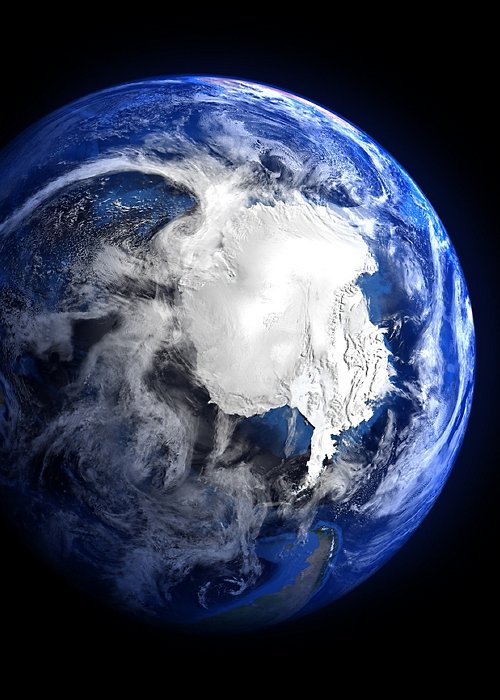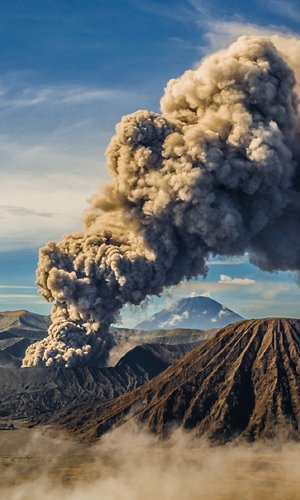The ozone hole over Antarctica is opening earlier than in the last 43 years, with a possible correlation to the eruption of the Hunga-Tonga volcano between December 2021 and January 2022. This news was released by the Atmosphere Monitoring Service of the European Copernicus programme (Cams). The Antarctic ozone hole is an atmospheric phenomenon that occurs every year. Under normal conditions, it starts forming in mid to late August, and closes towards the end of November. However, satellite observations detected significantly lower values in the ozone column than in previous years, indicating an earlier start to the formation of the ozone hole by 2023.
The unusual behaviour of the ozone hole is thought to be primarily due to water vapour. “The eruption of the Hunga-Tonga volcano in January 2022, which injected unprecedented amounts of water vapour into the stratosphere, is believed to be a contributing factor to this rapid development. This theory is consistent with the physics of the stratosphere and the chemistry of the ozone hole”, the European satellite monitoring service Copernicus reported. Increased water vapour in the atmosphere can lead to increased formation of polar stratospheric clouds, Copernicus explains. CFCs, gases deemed among the primary contributors to ozone depletion and prohibited by the Montreal Protocol, can exert their influence on these clouds. Water vapour could also help cool the Antarctic stratosphere, thus favouring the formation of these polar stratospheric clouds and resulting in a stronger polar vortex.
The head of Cams, Vincent-Henri Peuch, emphasised that this is still an open question for the scientific community. Cams will continue to provide detailed monitoring information until the 2023 ozone hole dissolves, which usually happens between November and December. The research centre also points out that the trend of the last few days and future forecasts suggest that the situation is converging towards the expected average values.




